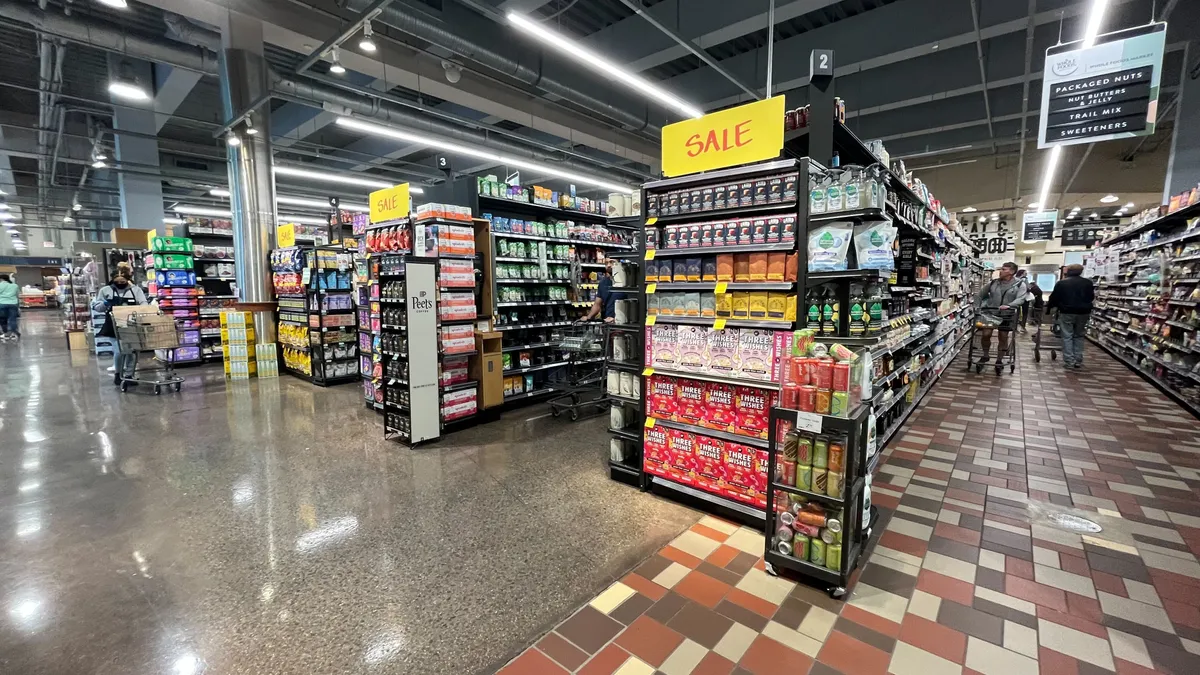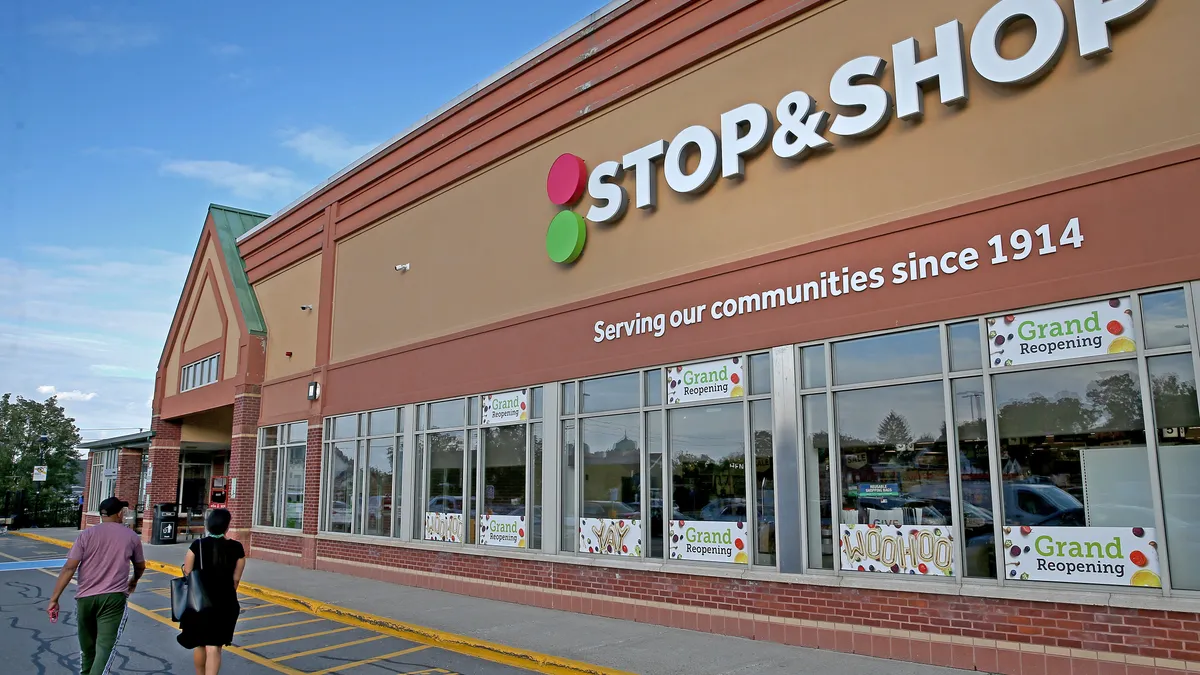Dive Brief:
- A recent study by digital firms Aptaris and dunnhumby found that one quarter of retailers increased their ad budgets last year over 2015, according to The Shelby Report. Overall ad budgets among grocers surveyed ranged from 0.2% to 4%, with an average of 1.25%.
- Print circulars take up an average 57.6% of grocers’ advertising budgets, but many expect that number to decrease over the coming years. According to the study, 66.7% of retailers surveyed expect their spending on circulars to decline over the next two years, while 85.5% expect less spending during the next five years.
- Trade funds from manufacturers, which can offset spending for circulars and other retailer advertising, often go unclaimed due to what grocers say is a laborious negotiating and sales tracking process, according to the study. However, Aptaris and dunnhumby note that recent innovations are helping retailers and suppliers work together and closely track sales.
Dive Insight:
In an intensely competitive grocery market where consumers are shopping across multiple outlets, savvy advertising can deliver shoppers to retailers’ front doors. Along with traditional circulars and print advertisements, grocers like Whole Foods and Aldi are relying on television ads and targeted digital marketing to convey their brand messages.
In such a disruptive retail environment, companies have found that splashy ads with high production values can increase store traffic. This is an advantage for large chains that have money to spend, but price-focused consumers still place a lot of value in store circulars, coupons and other conventional advertising methods that retailers of all sizes rely on. Rather than get rid of these promotional vehicles, many retailers are moving them online and to mobile apps and other digital formats.
The Aptaris/dunhummby study found that just 9% of grocers decreased their ad spending last year. That means retailers clearly see a need to broadcast their names, values and prices to the communities they serve. But it also means increased spending in a very low-margin industry — something that’s hard to swallow for many supermarkets.
The study notes that trade funds from CPG companies and other manufacturers can offset some of these costs. But suppliers don’t just give this money over — they (understandably) want to track the returns they get for their investment. Following these sales, many retailers find, takes too much time and requires advanced tracking systems, so many leave the money on the table. According to a study cited by The Shelby Report that was co-written by Local Search Association and Manta, manufacturers make as much as $70 billion in trade funds available each year, but retailers claim only half those dollars.
On the plus side, Aptaris and dunnhumby note that improving tracking systems make it easier for retailers to follow sales at a very granular level. At the same time, CPG companies and retailers are increasingly collaborating on marketing and advertising platforms, including online vendor portals.










